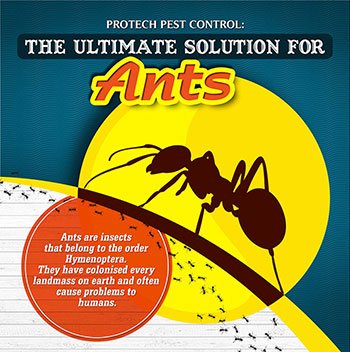Picture your attic as a relaxing Airbnb for rats, with insulation as fluffy as resort pillows and wiring a lot more luring than area service. Currently, picture these undesirable visitors tossing a wild party in your home while you're away. As a home owner, ensuring your attic room is rodent-proof is not almost peace of mind; it has to do with shielding your home and liked ones. So, what basic steps can you take to protect your haven from these hairy burglars?
Examine for Access Things
To begin rodent-proofing your attic, check for entrance factors. Begin by very carefully taking a look at the outside of your home, trying to find any kind of openings that rats can use to gain access to your attic room. Look for voids around utility lines, vents, and pipes, as well as any kind of splits or holes in the structure or home siding. Make sure to pay attention to areas where various structure materials satisfy, as these prevail entry points for rats.
In addition, evaluate the roof for any type of damaged or missing out on roof shingles, as well as any type of voids around the sides where rodents could squeeze via. Inside the attic, look for indicators of existing rodent task such as droppings, chewed cords, or nesting products. Use a flashlight to extensively check dark corners and hidden rooms.
Seal Cracks and Gaps
Examine your attic room completely for any kind of splits and voids that require to be sealed to avoid rats from getting in. Rats can press via even the tiniest openings, so it's vital to seal any kind of possible entry points. Check around pipes, vents, cable televisions, and where the walls fulfill the roofing system. Utilize a combination of steel woollen and caulking to seal off these openings successfully. Steel woollen is a superb deterrent as rats can't chew with it. Ensure that all voids are snugly sealed to refute access to undesirable bugs.
Don't overlook the value of securing spaces around windows and doors as well. Use climate removing or door sweeps to seal these areas successfully. Check the locations where energy lines go into the attic and seal them off using an ideal sealer. By making the effort to secure all fractures and spaces in your attic room, you develop a barrier that rodents will discover tough to violation. Prevention is type in rodent-proofing your attic room, so be extensive in your efforts to seal off any possible entrance points.
Get Rid Of Food Resources
Take proactive steps to get rid of or keep all possible food sources in your attic room to prevent rats from infesting the room. click the up coming post are attracted to food, so eliminating their food resources is crucial in maintaining them out of your attic.
Here's what you can do:
1. ** Store food securely **: Avoid leaving any type of food items in the attic. Store all food in airtight containers constructed from steel or durable plastic to stop rats from accessing them.
2. ** Tidy up debris **: Eliminate any type of heaps of debris, such as old newspapers, cardboard boxes, or timber scraps, that rats can utilize as nesting material or food sources. Maintain the attic clutter-free to make it much less appealing to rodents.
3. ** Dispose of rubbish appropriately **: If you use your attic for storage and have waste or waste up there, make sure to throw away it routinely and properly. Rotting trash bin draw in rats, so keep the attic tidy and free of any type of natural waste.
Final thought
Finally, remember that an ounce of prevention deserves a pound of treatment when it involves rodent-proofing your attic room.
By taking the time to evaluate for access factors, seal splits and voids, and remove food resources, you can maintain undesirable insects at bay.
Bear in mind, 'An ounce of prevention is worth an extra pound of cure' - Benjamin Franklin.
Stay https://charliekeysm.onzeblog.com/32000721/shield-your-household-from-concealed-risks-by-picking-the-appropriate-termite-monitoring-solution-learn-more-about-the-necessary-aspects-to-consider and shield your home from rodent problems.
